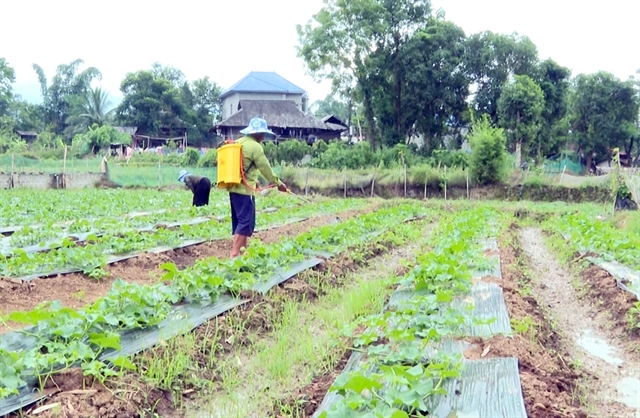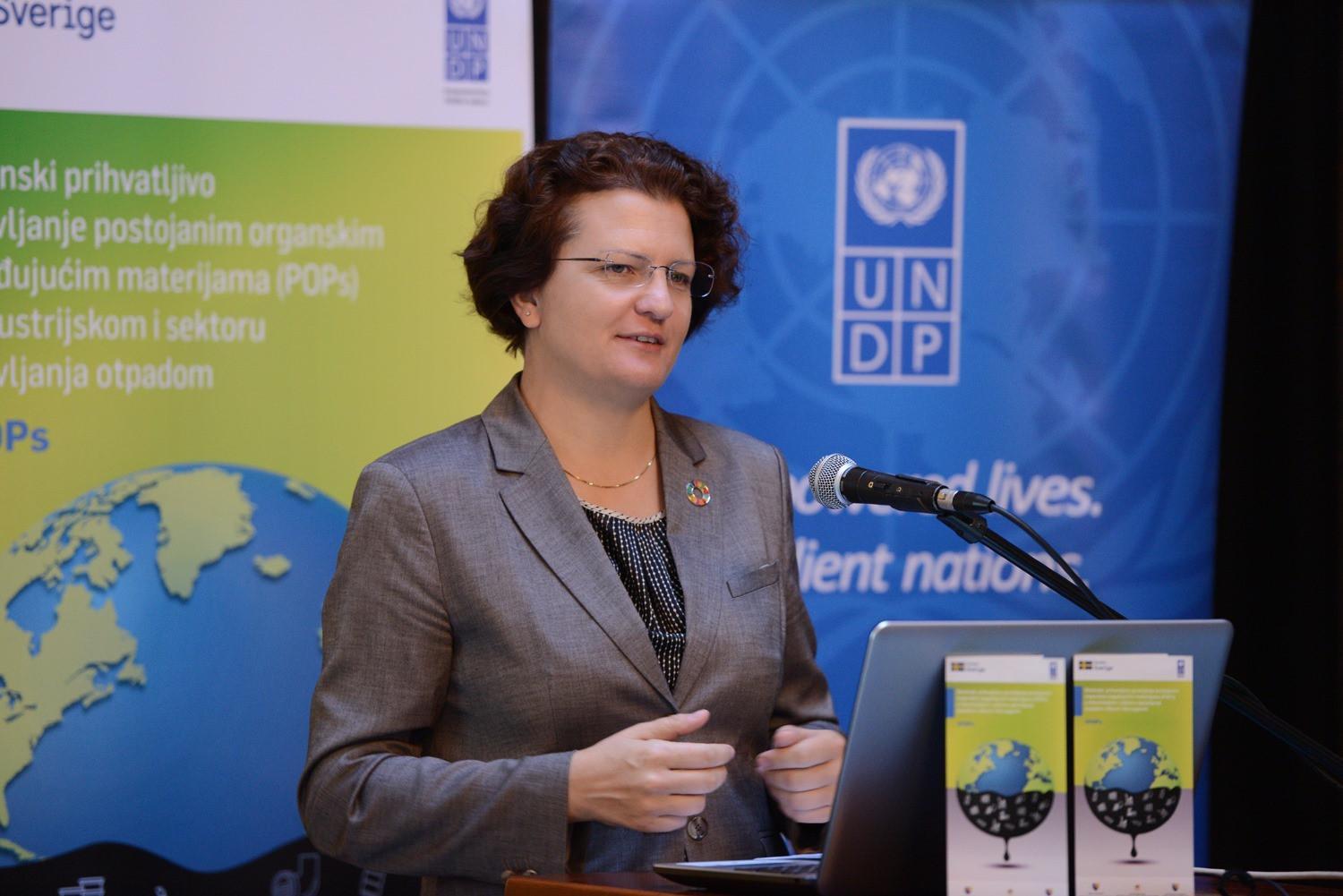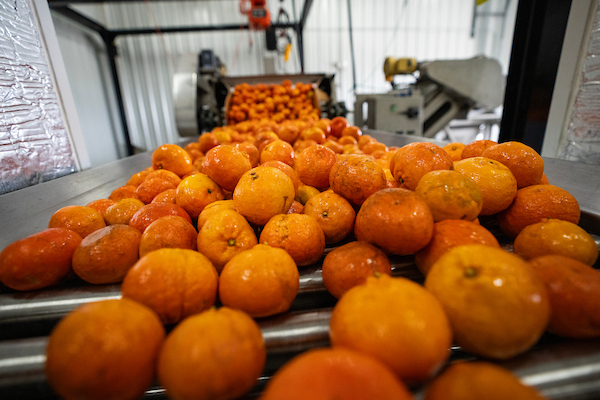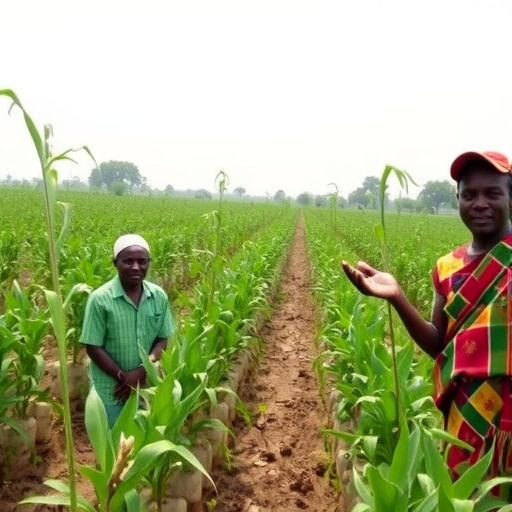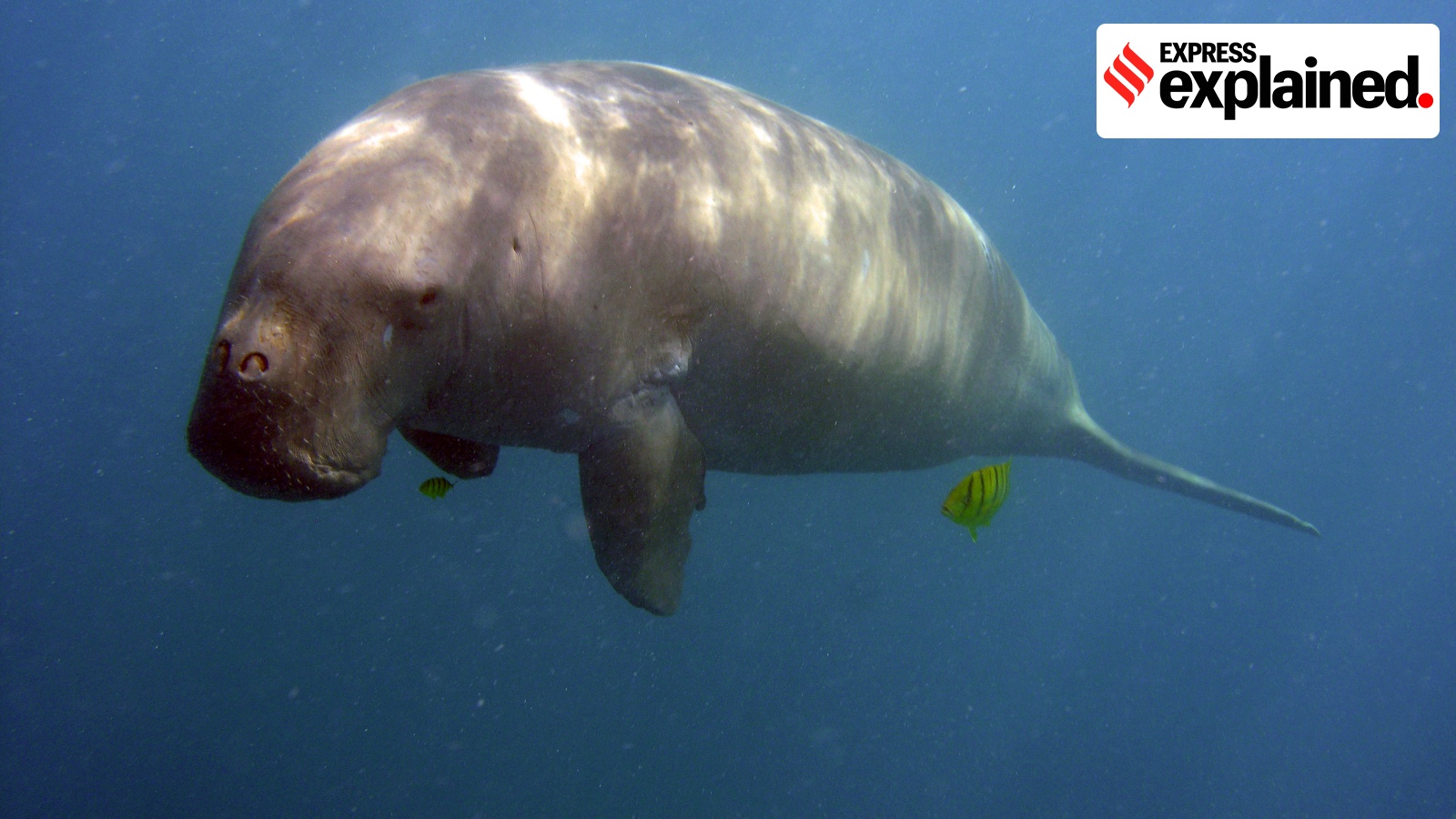Publix is ‘casting’ its support for healthy oceans with Sustainable Fisheries Partnership – Publix
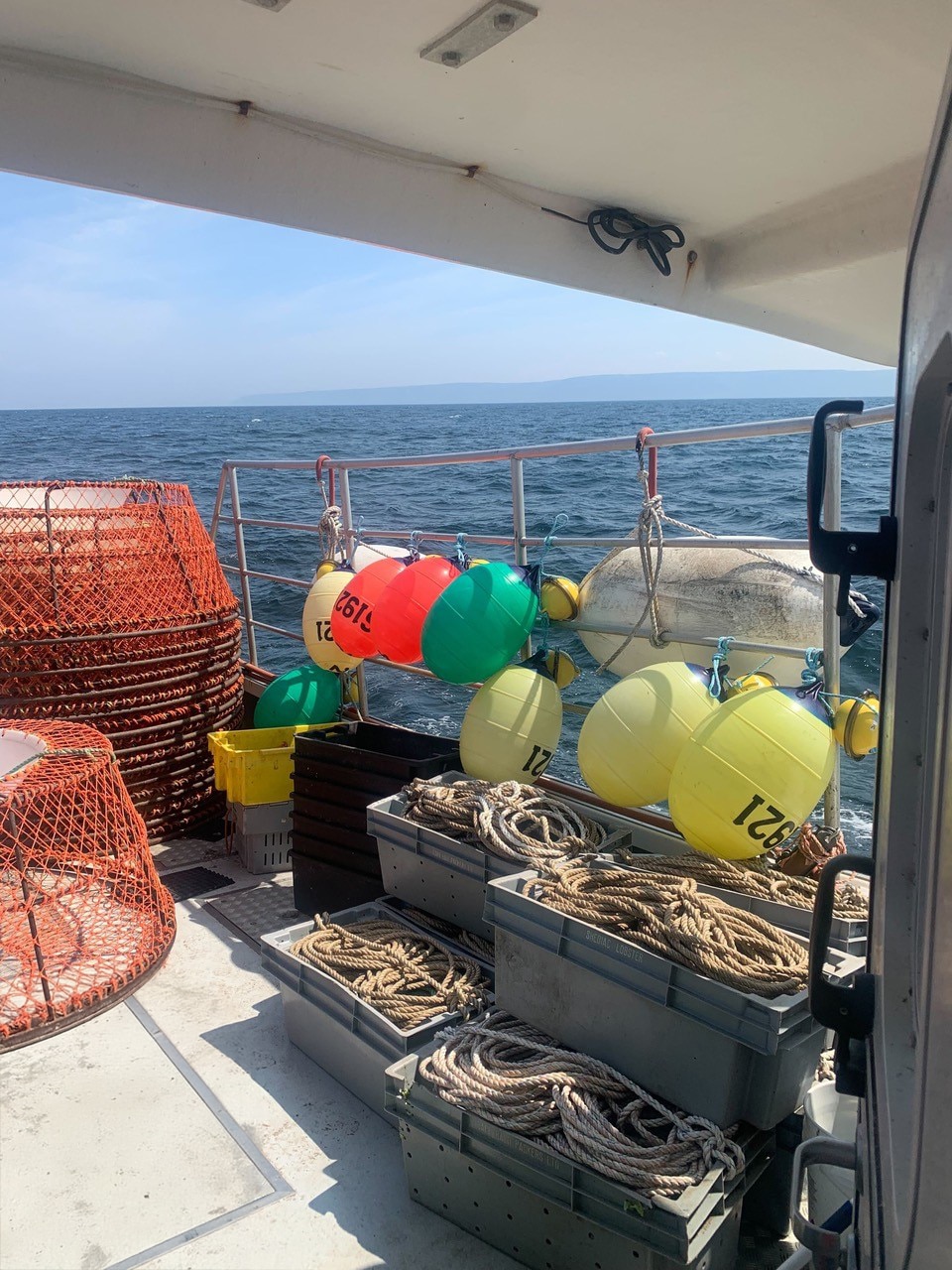
Report on the Publix and Sustainable Fisheries Partnership (SFP) Collaboration
Introduction: A Partnership for Global Sustainability Goals
This report details the 15-year strategic partnership between Publix and the Sustainable Fisheries Partnership (SFP), a collaboration that directly supports the United Nations Sustainable Development Goals (SDGs). With donations exceeding $1 million since 2011, this initiative exemplifies a commitment to environmental stewardship, focusing on the conservation of marine ecosystems and the promotion of sustainable economic practices. The partnership is a key component of Publix’s corporate social responsibility strategy, aligning its commercial operations with global sustainability targets, particularly SDG 14 (Life Below Water) and SDG 17 (Partnerships for the Goals).
Strategic Alignment with Sustainable Development Goals (SDGs)
The collaboration between Publix and SFP actively contributes to several key SDGs:
- SDG 14: Life Below Water: The core mission is to conserve and sustainably use the oceans, seas, and marine resources. Initiatives focus on rebuilding fish populations, protecting marine ecosystems, and reducing the bycatch of endangered, threatened, and protected species.
- SDG 12: Responsible Consumption and Production: By funding sustainable fishing practices and offering certified seafood options, Publix promotes sustainable production patterns and provides consumers with responsible choices, directly influencing the seafood supply chain.
- SDG 8: Decent Work and Economic Growth: The partnership supports the livelihoods of commercial fishers by investing in technologies and training that ensure the long-term viability and health of fisheries, promoting sustainable economic growth within these communities.
- SDG 17: Partnerships for the Goals: This initiative serves as a model for public-private partnerships, demonstrating how corporate funding and non-profit expertise can be combined to achieve significant progress on global sustainability targets.
Analysis of Recent Funding Initiatives for Bycatch Reduction
A recent donation of over $350,000 has been allocated to targeted projects aimed at reducing bycatch—the unintended capture of non-target species. This is a critical issue that undermines marine biodiversity and directly contravenes the objectives of SDG 14. The funded projects utilize technology and training to mitigate these impacts.
-
Technological Intervention in North American Fisheries
Funding supports the deployment of advanced technology to minimize harm to marine ecosystems and protected species, in line with SDG 14.2 (Protect and restore ecosystems).
- Smart Buoys in Lobster and Snow Crab Fisheries: In the Maine lobster and Canadian snow crab supply chains, GPS-enabled “smart buoys” are being used to prevent the loss of fishing gear. This initiative combats “ghost gear,” which can entangle marine life such as the endangered North Atlantic right whale, and damage marine habitats.
- Electronic Monitoring in the Florida Pink Shrimp Fishery: To protect the endangered smalltooth sawfish, monitoring equipment and cameras are being installed on fishing vessels. This project gathers critical data on species interaction, contributing to SDG 14.a (Increase scientific knowledge, develop research capacity and transfer marine technology).
-
Capacity Building in the Eastern Pacific Ocean Mahi-Mahi Fishery
In collaboration with the Global Mahi Supply Chain Roundtable, this project focuses on empowering fishers with the training and tools necessary to reduce the bycatch of turtles, sharks, and other protected species. This effort directly supports SDG 14.4, which aims to end overfishing and destructive fishing practices, and fosters a culture of sustainable resource management among fishing communities.
Conclusion: A Model for Sustainable Corporate Action
The long-standing partnership between Publix and SFP demonstrates a robust and effective model for corporate engagement in achieving the Sustainable Development Goals. By strategically investing in technology, training, and research, Publix is actively contributing to the health of ocean ecosystems (SDG 14) and promoting a sustainable seafood industry (SDG 12). As stated by Publix Business Development Director of Seafood, Guy Pizzuti, the “continued collaboration to make a difference in seafood sustainability” underscores a long-term commitment to protecting marine resources for future generations while supporting the communities that depend on them.
Analysis of Sustainable Development Goals (SDGs) in the Article
1. Which SDGs are addressed or connected to the issues highlighted in the article?
-
SDG 14: Life Below Water
- This is the primary SDG addressed. The article focuses entirely on efforts to conserve and sustainably use marine resources. It details a partnership aimed at protecting ocean ecosystems, rebuilding fish populations, reducing the unintended catch of marine wildlife (bycatch), and tackling marine pollution from “ghost gear.” Specific examples include protecting endangered species like the smalltooth sawfish and the North Atlantic right whale.
-
SDG 12: Responsible Consumption and Production
- The article connects to this SDG through its emphasis on sustainable supply chains. Publix’s partnership with SFP aims to “bring sustainable seafood options to our customers.” This initiative promotes sustainable production practices within the fishing industry and encourages responsible consumption by providing consumers with environmentally friendly choices.
-
SDG 17: Partnerships for the Goals
- This SDG is demonstrated by the core subject of the article: the collaboration between Publix, a private corporation, and the Sustainable Fisheries Partnership (SFP), a non-profit organization. The article highlights their 15-year partnership, where Publix provides financial resources (“donated over $1 million”) to support SFP’s mission, showcasing a multi-stakeholder partnership to achieve sustainability goals.
2. What specific targets under those SDGs can be identified based on the article’s content?
-
Under SDG 14 (Life Below Water):
- Target 14.1: By 2025, prevent and significantly reduce marine pollution of all kinds, including marine debris. The article directly addresses this by funding projects to eliminate “ghost gear,” which is described as “abandoned, lost or discarded fishing gear” that constitutes harmful marine debris.
- Target 14.2: By 2020, sustainably manage and protect marine and coastal ecosystems to avoid significant adverse impacts. The overall mission to “protect ocean systems” and “minimize their impact on the ocean ecosystems” aligns with this target. Efforts to reduce bycatch of species like whales, sharks, and turtles are concrete actions toward protecting these ecosystems.
- Target 14.4: By 2020, effectively regulate harvesting and end destructive fishing practices. The initiative supports this by working to “reduce unintended catch of ocean wildlife,” a destructive fishing practice. Providing fishers with “training, practical tools and recognition” in the mahi-mahi fishery is a direct effort to implement more sustainable harvesting practices.
- Target 14.a: Increase scientific knowledge, develop research capacity and transfer marine technology. The article mentions funding for “high-tech gear” like “electronic monitoring equipment” (cameras) on fishing boats and “smart buoys” (GPS tracking devices). This represents a direct investment in and transfer of marine technology to improve scientific understanding and fishing practices.
-
Under SDG 12 (Responsible Consumption and Production):
- Target 12.2: By 2030, achieve the sustainable management and efficient use of natural resources. The entire initiative is focused on ensuring the seafood supply chain is sustainable, which is a key component of managing natural marine resources efficiently.
-
Under SDG 17 (Partnerships for the Goals):
- Target 17.17: Encourage and promote effective public, public-private and civil society partnerships. The 15-year collaboration between Publix (private sector) and SFP (civil society) is a direct example of this target in action.
3. Are there any indicators mentioned or implied in the article that can be used to measure progress towards the identified targets?
-
Financial Contributions: The article explicitly states the amount of money donated by Publix to SFP, which serves as a direct indicator of the financial resources mobilized for these sustainability efforts.
- Mentioned Indicator: “Publix has donated over $1 million to SFP” since 2011, with recent donations “totaled over $350,000.”
-
Technology Adoption: The implementation of new technologies in fisheries is a measurable indicator of progress towards improving scientific knowledge and sustainable practices.
- Implied Indicator: The number of boats equipped with new technology, such as the “eight boats” in the Florida pink shrimp fishery receiving cameras and monitoring equipment, and the deployment of “smart buoys” in lobster and crab fisheries.
-
Reduction of Harmful Practices: The core goals of the projects imply indicators related to the reduction of negative environmental impacts from fishing.
- Implied Indicator: A decrease in the amount of “ghost gear” lost in the ocean, which can be tracked by the successful retrieval of gear using smart buoys.
- Implied Indicator: A reduction in the rate of bycatch of “endangered, threatened and protected species” in the targeted fisheries.
-
Partnership Longevity: The duration of the partnership itself is an indicator of its effectiveness and commitment.
- Mentioned Indicator: The partnership is entering its “15th year,” signifying a long-term, sustained collaboration.
4. Summary Table of SDGs, Targets, and Indicators
| SDGs | Targets | Indicators |
|---|---|---|
| SDG 14: Life Below Water |
|
|
| SDG 12: Responsible Consumption and Production |
|
|
| SDG 17: Partnerships for the Goals |
|
|
Source: corporate.publix.com
What is Your Reaction?
 Like
0
Like
0
 Dislike
0
Dislike
0
 Love
0
Love
0
 Funny
0
Funny
0
 Angry
0
Angry
0
 Sad
0
Sad
0
 Wow
0
Wow
0





















































